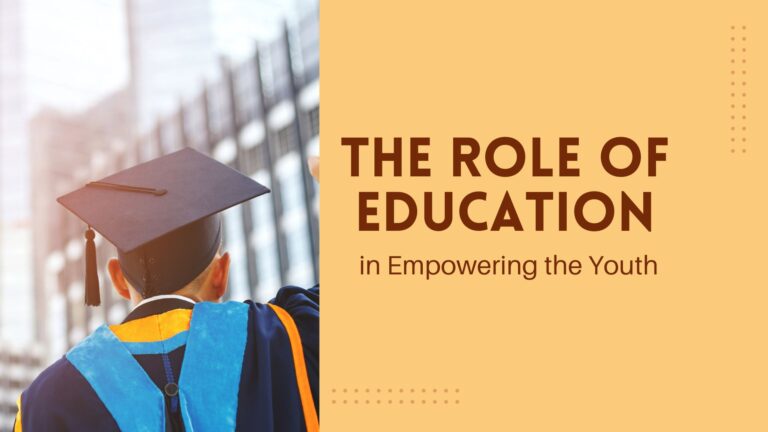Education plays a crucial role in shaping the future of individuals and societies. It not only imparts knowledge and skills but also fosters critical thinking and empowers the youth to contribute positively to their communities.
However, despite the progress made in education, many challenges still persist, particularly in underprivileged areas. These challenges can sometimes force children into lives of exploitation, where education takes a backseat to survival.
Understanding What Forces Children to Live a Life of Exploitation
The question of what forces children to live a life of exploitation is complex and multifaceted. Poverty is often a significant factor, as families struggling to make ends meet may see no other option but to send their children to work.
Lack of access to quality education is another contributing factor. When educational opportunities are limited, children may be forced into labor or other exploitative situations to support themselves or their families.
In some cases, societal norms and traditions also play a role. In certain cultures, children, especially girls, may be denied the right to education and instead be forced into early marriages or domestic servitude.
The absence of strong legal protections and enforcement further exacerbates the issue, leaving children vulnerable to exploitation.
The Impact of Digital Education in India
In recent years, Digital Education in India has emerged as a powerful tool in the fight against child exploitation. With the widespread availability of smartphones and internet connectivity, digital education has the potential to reach even the most remote areas, providing children with access to learning resources that were previously unavailable.
Digital education platforms offer interactive and engaging content that can help bridge the educational gap for children who are unable to attend traditional schools. These platforms not only provide academic lessons but also teach valuable life skills, such as critical thinking and problem-solving, which can empower children to break free from the cycle of exploitation.
Moreover, digital education can be tailored to the needs of individual learners, allowing children to learn at their own pace and according to their unique circumstances. This flexibility is particularly beneficial for children who may have missed out on years of schooling due to exploitation or other hardships.
Addressing the Root Causes
To truly address the issue of child exploitation, it is essential to tackle the root causes. This includes improving access to quality education, strengthening legal protections for children, and addressing the socio-economic conditions that force families to rely on child labor.
Conclusion
Education, particularly Digital Education in India, holds the key to transforming the lives of children who are at risk of exploitation. By providing access to learning opportunities and equipping children with the knowledge and skills they need to succeed, we can help break the cycle of poverty and exploitation.
It is essential to continue investing in education and to advocate for policies and programs that support the most vulnerable children in society. Through collective efforts, we can create a future where every child has the opportunity to learn, grow, and thrive.




